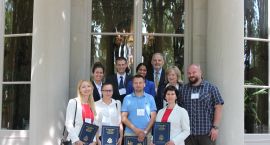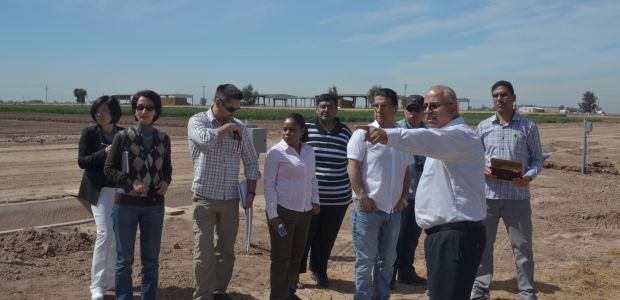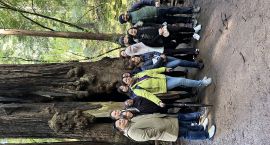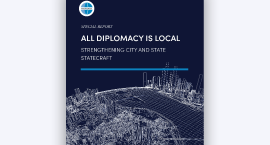Water scarcity is a global issue and soon every region of the world will have to face the challenges it brings. Pollution is tainting the already dwindling freshwater supply we have left and arid and urbanizing areas are overusing water at high rates.
A dwindling supply
Irrigation and agricultural uses are the biggest divergences for freshwater supplies followed by household and industrial usage. Ninety-six percent of the world’s freshwater resources are in difficult-to-access glaciers in the North and South Poles. This remaining 4% is found in groundwater, land glacier, and surface water resources. Of these other resources, the world relies on groundwater for 90% of all drinking water. Shortages in usable water occur in areas that are overdrawing water at a rate faster than it can be naturally replenished.
Pollution and the need for conservation
Every day millions of tons of sewage and other pollutants drain into the world’s waters. One of the biggest present concerns is how lack of proper sanitation leads to bacterial infections in water supplies which cause millions of illnesses every year. According to the World Health Organization (WHO) and the United Nations Children’s Fund (UNICEF), 2.5 billion people worldwide live without improved sanitary conditions. Sewage drainage and dumping also pollute our coastlines and are harmful to marine wild life.
A lack of awareness
It is shocking that such important issues with universal impact can go seemingly unnoticed by most of the public. If we want to have any hope of reversing the current deteriorating trend in the world’s water ways, then both the public and lawmakers must stop ignoring the issues at hand. Water consumers must be conscientious about their decisions and investments in water protection and sanitation need to be increased.
In March, 16 international visitors, all experts in water resources, participated in a U.S. Department of State International Visitor Leadership Program (IVLP) project focusing on the protection of U.S. water resources, a project administered by the Meridian International Center. These visitors from all different parts of the globe met with their U.S. counterparts to discuss common issues regarding water resources.
Pollution at the heart of the nation’s capital
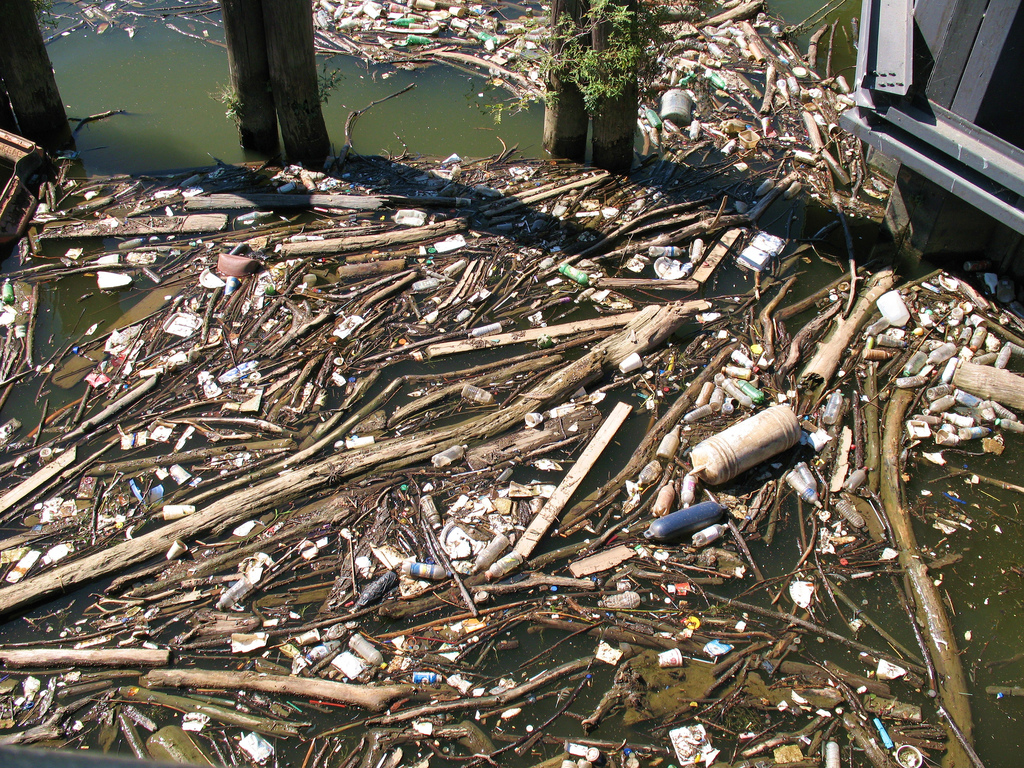
One of the U.S. sites visited by the foreign experts was the Anacostia River in Washington, DC. The Anacostia River is heavily polluted with trash, sediments, and toxins. Many people living along the river rely on fishing, but pollution levels cause the fish to become contaminated and are deemed unsafe to eat. The visitors inspected volunteer-built trash traps along the banks of the river. The city of Washington has recently undertaken an enormous investment in order to clean up the contaminated river. The Anacostia Community Museum stresses the importance of informing the youth on how to properly care for our waterways to insure for a better future.
The price of water in the desert
The project also stopped off in San Diego. The Southwest region is among the most water-scarce areas of the United States and water is transported to the area at a great cost. Overuse of water resources is a serious concern for the city. The San Diego Water Authority reports that 53% of all water usage is for outdoor uses such as watering lawns and trees. The Authority wants to stress water conservation to the public and for people to be conscientious that they do in fact live in a desert, where the lack of rainfall makes water extremely expensive to use.
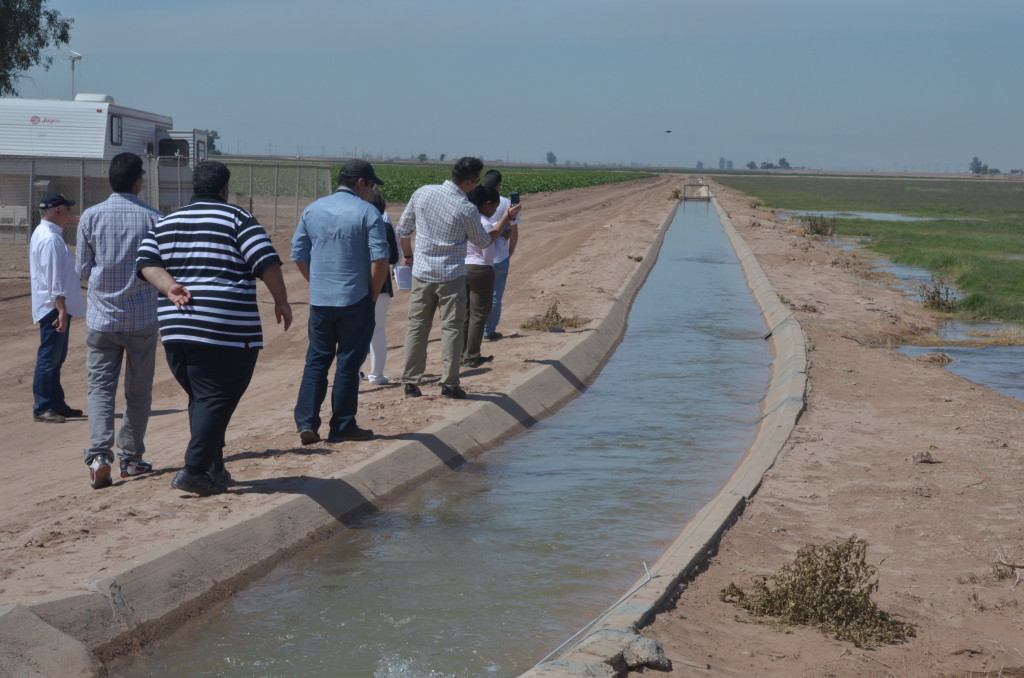
The group also participated in a beach cleanup organized by the local organization San Diego Coastkeeper. Coastkeeper is dedicated to creating “fishable, swimmable, and drinkable water” and believes this process starts with the public. They track the impact of their educational programs, a requirement of their grant, and urge people to change their habits, an important step that the public needs to take in order to conserve water.

The need for education
The international visitors agreed that education is crucial to ensure proper water conservation. Our world is growing in population every year, which means more people taking water from shrinking ground resources and more waste being produced that gets dumped into our lakes, rivers, and oceans.
The entire group of visitors acknowledged that raising awareness and educating people are essential to successful long-term planning. Education is more than just public service announcements, though. It can take the form of sharing and exchanging ideas, as is done on programs like the IVLP. Protecting global water resources will require international cooperation and planning, and international exchanges like the IVLP facilitate dialogue about these growing issues between foreign experts and their U.S. counterparts.
Spreading the word about this global crisis will take some effort. The Environmental Protection Agency (EPA) has reduced is education projects when faced with recent government budget cuts.
A water crisis is coming, though, and many would say that it’s already here. One of the visitors remarked that the necessary steps and precautions must be taken before a “slap in the face” prompts the world into action. The time to act on these issues is now, and every day we delay will make matters worse.









